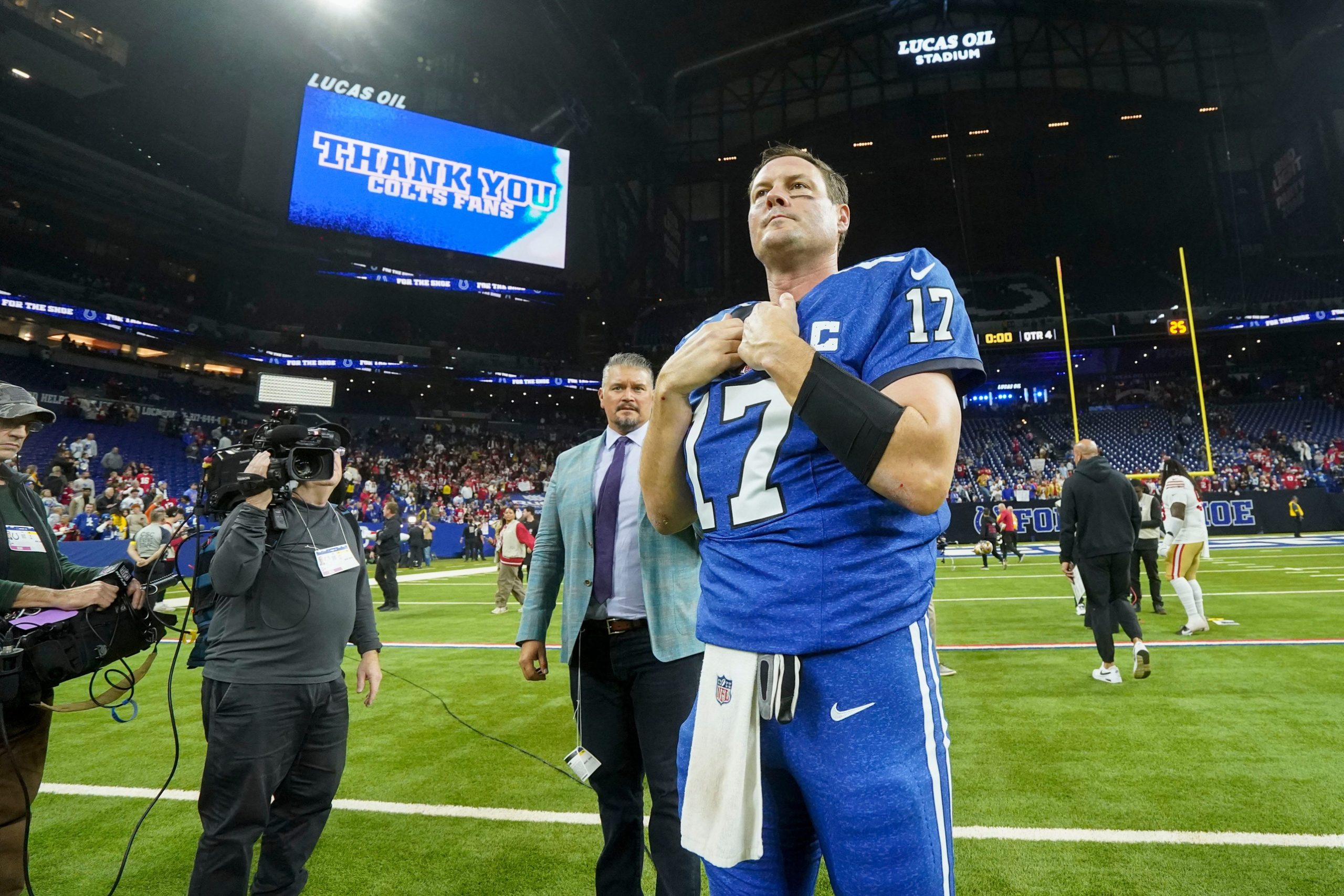 Rebecca Black’s “Friday” recently surpassed the 38 million hit count, making a 13-year-old with relatively underwhelming talent, looks, and artistic insight (“Tomorrow is Saturday, and Sunday comes afterwards”) one of the most recognizable young people (and voices, perhaps) on the planet. There have been countless recent stories on her recent rise to pseudo-stardom, but reportage has disappointingly focused on “cyber-bullying” and the often disdainful criticism this poor 8th grader recently suffered. I have to admit, I think the media are generally tweezing out the easy story but avoiding the important one. Yes, cyber-bullying, just like old-fashioned bullying, is an issue that warrants address. And yes, bad musicians — and good musicians, for that matter — too often deal with harsh, often malicious criticism.
Rebecca Black’s “Friday” recently surpassed the 38 million hit count, making a 13-year-old with relatively underwhelming talent, looks, and artistic insight (“Tomorrow is Saturday, and Sunday comes afterwards”) one of the most recognizable young people (and voices, perhaps) on the planet. There have been countless recent stories on her recent rise to pseudo-stardom, but reportage has disappointingly focused on “cyber-bullying” and the often disdainful criticism this poor 8th grader recently suffered. I have to admit, I think the media are generally tweezing out the easy story but avoiding the important one. Yes, cyber-bullying, just like old-fashioned bullying, is an issue that warrants address. And yes, bad musicians — and good musicians, for that matter — too often deal with harsh, often malicious criticism.
But, Black’s unbelievable rise helps expose something much more interesting: Major Record Labels really no longer matter.
It used to be that major record labels were sole key-holders to the gates of stardom. This was because musical celebrity was expensive. To sound good, artists needed to rent out an expensive recording studio, pay an expensive engineer, and use expensive instruments and microphones. Even if they could circumvent expensive producers by writing their own catchy music (which most of them can’t), creating a polished album was a substantial undertaking that demanded huge expenditure. After creating this polished album, artists would have to find a way to get people to listen to it. So, they would have to pay to press recordings on to vinyl or code them onto CDs before shipping them across the planet where these new albums competed for shelf-space with the other albums on shelves that record labels previously bank-rolled. Then, labels would have to inspire people to buy these new songs rather than continue listening to the old ones. So, they would hatch complex and expansive marketing campaigns to galvanize widespread demand. Of course, this was no small feat, and record labels built a business on finding music that would succeed, funding its creation, and profiting from demand they would largely create.
This is why record label executives were so upset about Napster. To the labels, music had been a developed and refined product like a new car or television. Once people stopped paying for this product, all the money spent on development was for naught. Because of Napster, labels were essentially making a product only to be stolen. That’s bad business.
 But, technology like Napster wasn’t only harmful because it provided the means to get this product for free. Music sharing software has diminished the label’s value in a more insidious way. Software diminished the demand for labels’ distribution capacity. Music had historically been transferred by concrete artifacts, and moving such physical objects costs a lot of money. But, computers turned music into data, and Napster made that data freely transferable from the Mississippi Delta to Cameroon. Historically, record labels were critical in covering the cost of printing and distributing these musical artifacts. Napster’s spur of mp3 usage quickly destroyed distribution barriers, making the labels’ power to distribute no longer valuable.
But, technology like Napster wasn’t only harmful because it provided the means to get this product for free. Music sharing software has diminished the label’s value in a more insidious way. Software diminished the demand for labels’ distribution capacity. Music had historically been transferred by concrete artifacts, and moving such physical objects costs a lot of money. But, computers turned music into data, and Napster made that data freely transferable from the Mississippi Delta to Cameroon. Historically, record labels were critical in covering the cost of printing and distributing these musical artifacts. Napster’s spur of mp3 usage quickly destroyed distribution barriers, making the labels’ power to distribute no longer valuable.
Meanwhile, new music-creating technology made music production cheaper as well. First, advances in music-creating software, such as Ableton Live and ProTools, have made the engineering process much easier and user-friendly. Musicians with minimal engineering experience can now quickly learn how to make an album sound professional, cutting expensive engineers out of the production process. Second, exponential advances in computer processing power has made it possible for home computers to handle these programs with unprecedented speed and fluidity. The once expensive recording process is now cheap and easy. In short, a technology-driven sea change had taken effect over the past decade. Artists no longer need major labels to fund their music creation nor their music distribution.
In the wake, labels had clung desperately to one component of their business model that remained essential for stardom late into the 2000s: Marketing. Despite artists’ new-found ability to produce and distribute music, they remained unable to achieve mass exposure without help from deep pockets and a thick Rolodex.
Then, YouTube came along.
Until recently, the typical pop music fan discovered new music from mainstream avenues alone: MTV, ClearChannel, Teen People, etc. Even throughout the 2000s, aspiring pop stars could only achieve fame with exposure on these mainstream channels. This is why TRL was so powerful, and after its demise, similar avenues such as The Disney Channel were the only gateways to stardom.
Then, at the dawn of the new 2010s, Justin Bieber’s rise marked the final chapter of major label hegemony. Unprecedentedly, Bieber achieved fame by posting YouTube videos and tweeting. He found a way to market directly to music consumers. Sure, he had Usher and plenty of backing, but much of his early rise can be attributed to cheap, user-driven publicity. For perhaps the first time in history, a Pop artist was born from word-of-mouth marketing that was free. Indie bands have survived on similar grassroots networks for decades, but the power of the Internet catapulted Bieber to mainstream stardom in an unprecedented way. He proved that widespread marketing could be achieved with talent and resolve, even for someone seeking mainstream success.
It certainly seems that Rebecca Black, achieving over 35 million views without an ounce of talent, indicates that major labels have finally become completely obsolete. Sure, her infamy may have been generally negative, but this fame gave her the exposure any musician would dream of. She achieved what she set out to do — become famous — and she did it without connections, deep pockets, or even a lick of talent. She proves that stardom is no longer locked by an exclusive group of music executives.
And isn’t that all pretty “Fun, Fun, Fun Fun.”








About Mike Johnson
Recent Posts
Justin Herbert remembers 2024 playoff embarrassment
"No one felt worse than I did after that game."
Philip Rivers not able to do enough in impressive showing
"I'm torn on how to express it."
Lions not blaming refs after crucial loss
"And at the end of the day, that's on us."
Caleb Williams shines in OT thriller
"I knew it was good."
Giannis Antetokounmpo focused on current teammates, health
"I'm still locked in."
Puka Nacua apologizes: ‘I had no idea’
"I deeply apologize to anyone who was offended."